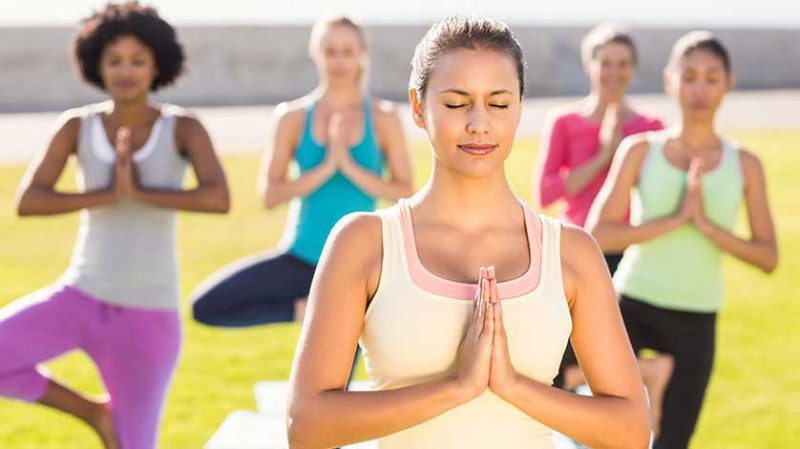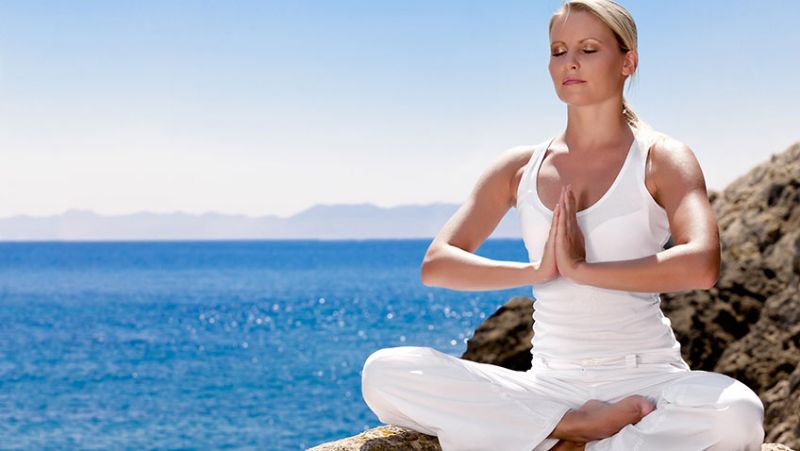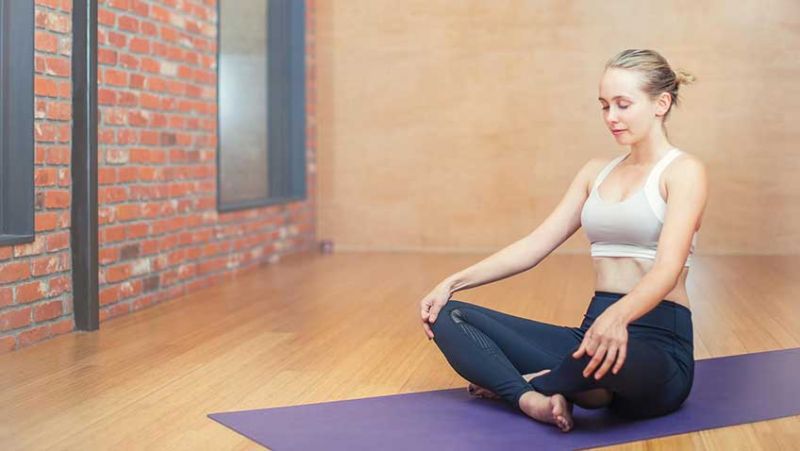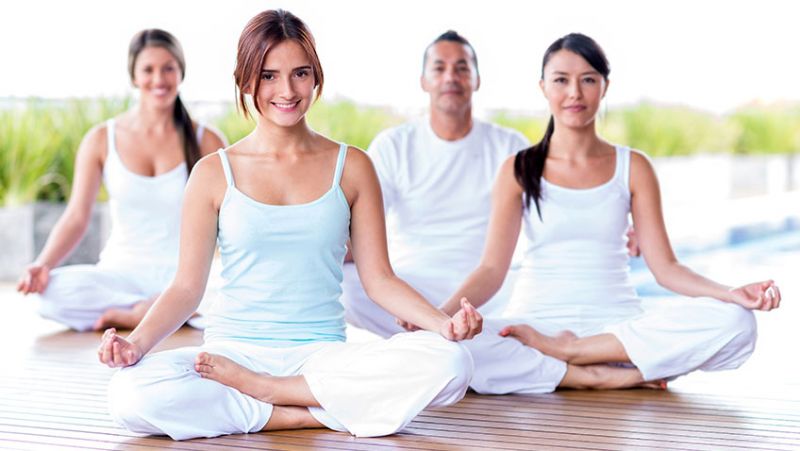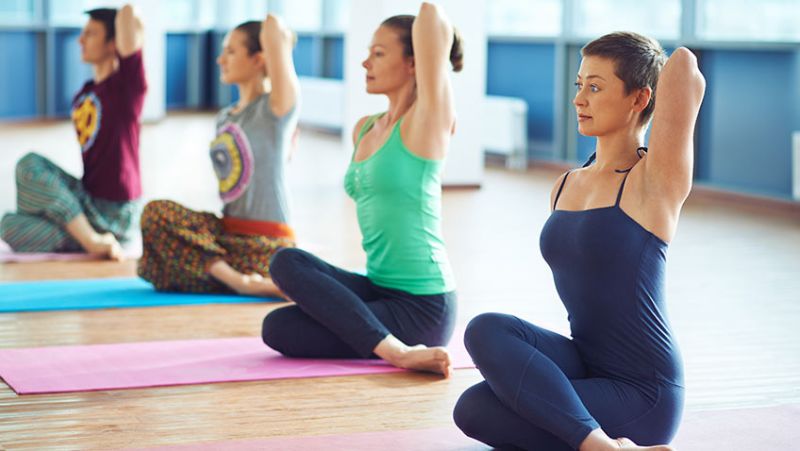
Hatha Yoga
A Hatha yoga class is typically a good place to start for those new to the practice or seeking a less strenuous experience. However, it is important to remember that Hatha is a broad term that may apply to a variety of different types of yoga. Because Hatha is such a broad phrase, it's a good idea to ask about the class's tempo before coming if speed is a major concern for you. The term "Hatha" literally means "power." The integration of asanas (yoga postures) with pranayama (breathing exercises) to bring peace to the body and mind is a common aspect of Hatha yoga in all of its forms.
Vinyasa Yoga
Vinyasa yoga is a type of yoga that may be done in a variety of ways, although it is often seen to be a more intense form of movement than hatha yoga. The majority of vinyasa yoga is built on a high-intensity flow involving a sequence of sun salutations. This style is known as a "flow" class because it promotes near-constant mobility. The breath is used as a guiding element in vinyasa yoga, and movements are effortlessly connected together. Most vinyasa courses follow an arc that starts with a child's pose and progresses through Sun Salutation variants, culminating in back-bending postures at the metaphorical "peak" of the arc, and then spiralling down to bring the body to Savasana, also known as corpse pose or final resting pose. Although no two vinyasa yoga courses are the same, practising vinyasa yoga almost assures that you will be sweating profusely. As a result, vinyasa yoga is frequently suggested to experienced yogis seeking quick physical transformation or practitioners seeking to supplement other types of physical fitness— many runners employ vinyasa yoga to provide balance to their already tough movement routines.
Hot Yoga
Hot yoga is sure to energize you. The environment is what distinguishes Hot yoga from other high-intensity styles: it takes place in a heated chamber that is normally set between 80 and 100 degrees Fahrenheit. Heat is an excellent technique to cleanse and increase flexibility. The movement is made up of several sequences and breathing exercises that are generally repeated twice. Although hot yoga is not for the faint of heart, it will leave you looking and feeling like a fitness warrior once you've completed your session.
Yin Yoga
Compared to Hot yoga or Vinyasa yoga, Yin yoga is a significant de-escalation. Yin yoga, like Hatha yoga, is known for its slower tempo of movement. Yin yoga incorporates concepts of Traditional Chinese Medicine...with asanas that are sustained for extended periods of time. Asanas can be held for 45 seconds to two minutes for beginners, and for five minutes or more for more advanced practitioners. Even though Yin and Hatha yoga is practised at a slower pace than their more fast-paced equivalents, they are not in any way easier. Rather than flowing from one movement to the next, an emphasis on holding poses targets different muscle groups, which may appeal to some personalities more than others.
Ashtanga Yoga
Yogis, be on the lookout. Ashtanga yoga is a high-intensity, high-heat, and high-energy form of yoga. This is a modern type of yoga that was developed in the twentieth century by K. Pattabhi Jois and is sometimes regarded as a contemporary spin on traditional Indian teachings. Ashtanga yoga is a form of yoga that focuses on synchronizing breath with a quick movement, and it is likely to raise your heart rate as well as your lifestyle.
Yoga Nidra
Yoga Nidra, also known as yogic sleep, aims to guide participants into a deeply relaxed state of awareness somewhere between sleep and awake. Yoga Nidra, developed by Swami Satyananda Saraswati in the early 1960s, employs guided meditation to produce a near-sleep condition and is widely regarded as one of the most peaceful and sublime kinds of yoga. Another benefit of yoga Nidra is that it is simple to learn and modify, allowing yogis of all levels to benefit from less stress and better sleep!
Restorative Yoga
The name says it all when it comes to restorative yoga. Restorative yoga utilizes a mix of deep breathing and passive stretching to open and extend various muscle groups to soothe both the mind and body. Restorative yoga is great for realigning and relaxing. Asanas are maintained for far longer in restorative yoga than in a conventional yoga session, allowing participants to fully open up and let go of stress.
